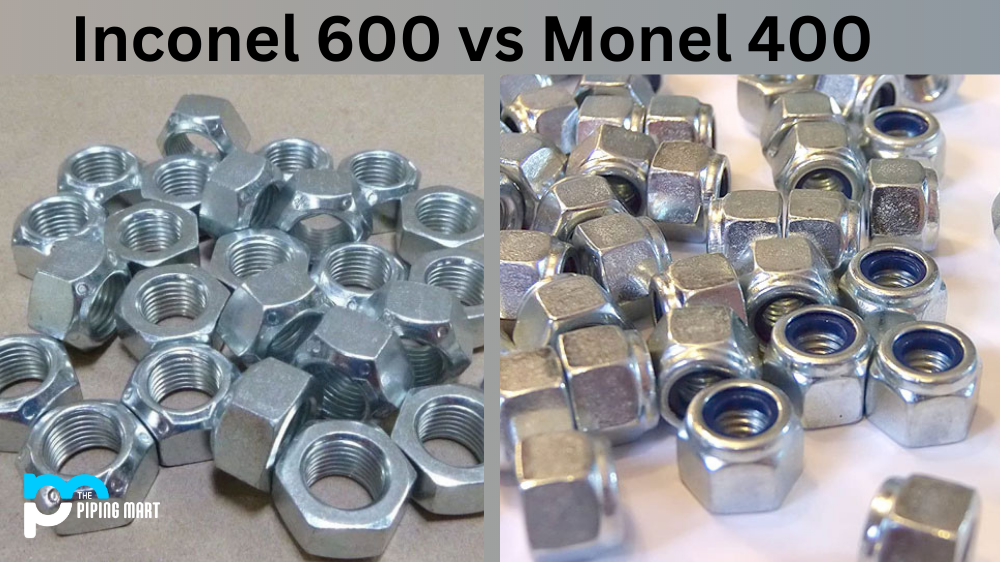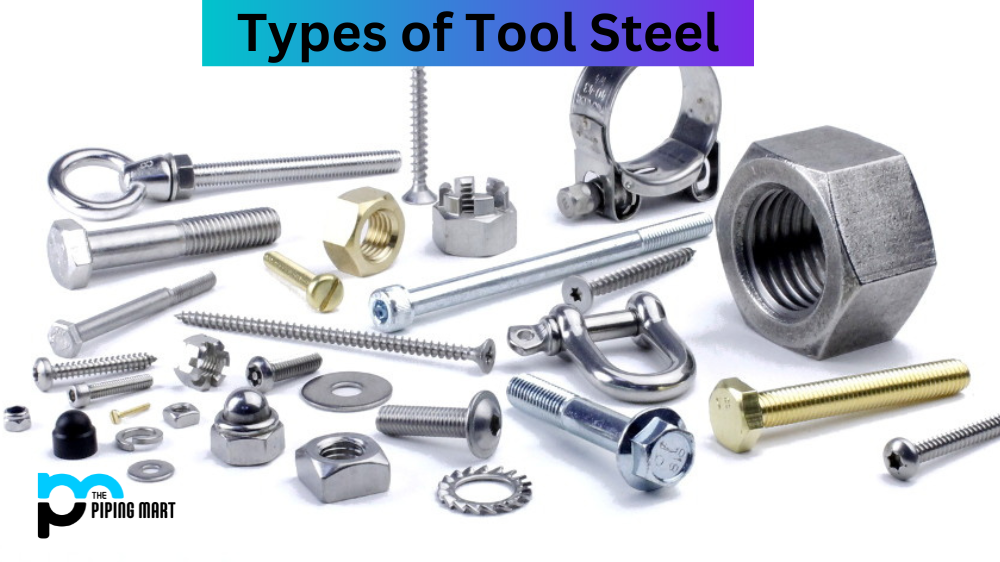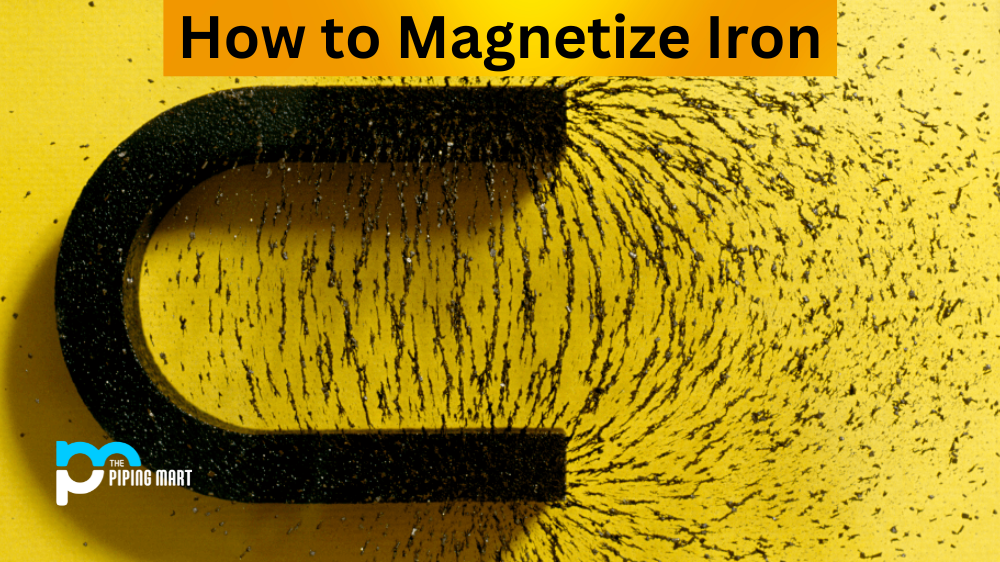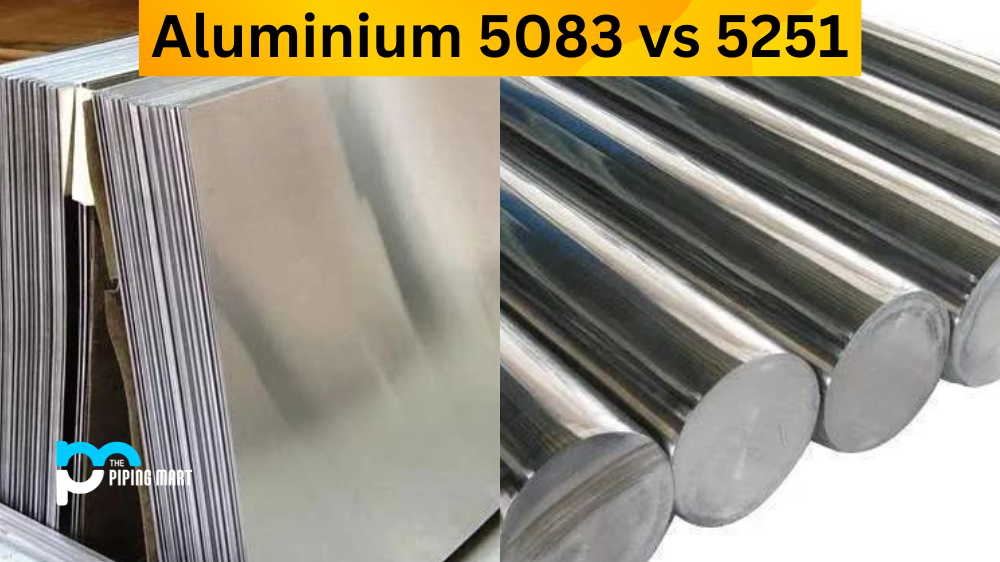Inconel 600 and Monel 400 are popular nickel-based alloys used extensively in various industrial applications. Choosing between them can be a daunting task, considering both have some similar characteristics but, at the same time, differ in specific parameters. This article discusses various aspects of Inconel 600 and Monel 400 to help you choose your project needs.
What is Inconel 600?
Inconel 600 is an alloy made up of nickel, chromium, and iron. It is known for its high strength and resistance to corrosion. In addition, Inconel 600 has good electrical and thermal conductivity.
What is Monel 400?
Monel 400 is an alloy that is made up of nickel and copper. It is known for its high strength and resistance to corrosion. In addition, Monel 400 has good electrical and thermal conductivity.
Difference Between Inconel 600 and Monel 400
Strength
Inconel 600 is more potent than Monel 400. This is due to the presence of chromium in Inconel 600, which increases the strength of the alloy. Monel 400 does not contain chromium, so it is not as strong as Inconel 600.
Corrosion Resistance
Both alloys are highly resistant to corrosion, but Inconel 600 is more resistant than Monel 400. This is because chromium provides additional protection against corrosion in Inconel 600.
Electrical Conductivity
In terms of electrical conductivity, both alloys are good conductors of electricity. However, Inconel 600 has a higher electrical conductivity than Monel 400 due to the presence of iron in its composition.
Thermal Conductivity
In terms of thermal conductivity, both alloys are good conductors of heat. However, Inconel 600 has a higher thermal conductivity than Monel 400 due to the presence of iron in its composition.
Composition and Properties
Inconel 600 is a nickel-chromium alloy that contains around 76% nickel and 15% chromium. The remaining components include iron, manganese, copper, and carbon. It exhibits exceptional corrosion resistance in harsh environments, high-temperature strength, and oxidation resistance up to 2000°F. On the other hand, Monel 400 is made of around 67% nickel, 30% copper, and small amounts of iron, manganese, and silicon. It has superior resistance to seawater and other corrosive elements. It is also highly ductile, with low permeability.
Applications
Inconel 600 is widely used in aerospace, chemical processing, food processing, power generation, and petrochemical industries because of its high-temperature strength, excellent corrosion resistance, and outstanding oxidation resistance. Monel 400, on the other hand, finds its use in marine engineering, chemical processing, oil refining, and pump manufacturing. Its exceptional resistance to saltwater, hydrofluoric acid, and other corrosive media makes it an ideal choice for various applications.
Fabrication and Welding
Inconel 600 can be shaped easily through hot and cold working operations, but its hardness is challenging to machine. Welding of Inconel 600 is possible through several techniques, including TIG, MIG, SAW, and PAW. Monel 400 has better machinability than Inconel 600 and can be easily fabricated using conventional cutting, stamping, and forming methods. However, it is difficult to weld due to its susceptibility to hot cracking and requires precise welding procedures.
Cost
Inconel 600 is a relatively expensive alloy, and its high price can significantly determine its suitability for a project. On the other hand, Monel 400 is relatively cheaper than Inconel 600 and more cost-effective for specific applications.
Corrosion Resistance
Both Inconel 600 and Monel 400 exhibit superior corrosion resistance in different environments. Inconel 600 has excellent resistance to various acids, alkalis, and seawater, while Monel 400 shows superior resistance in corrosive media such as hydrochloric acid, hydrofluoric acid, and sulfuric acid. Inconel 600 is preferred for high-temperature applications, while Monel 400 is best suited for saltwater applications.
Conclusion
Both Inconel 600 and Monel 400 are versatile alloys that find their use in a wide range of applications. While Inconel 600 exhibits significant strength and resistance to high temperatures, Monel 400 has exceptional resistance to salt water and other corrosive media. The choice between the two alloys should be based on specific project needs such as temperature requirements, environment, and budget constraints. By comparing the composition, properties, applications, fabrication, welding, cost, and corrosion resistance of both alloys discussed above, you can decide which alloy best suits your project requirements.

Abhishek is a seasoned blogger and industry expert, sharing his insights and knowledge on various topics. With his research, Abhishek offers valuable insights and tips for professionals and enthusiasts. Follow him for expert advice on the latest trends and developments in the metal industry.




